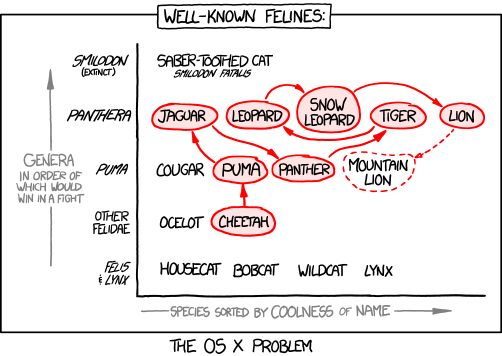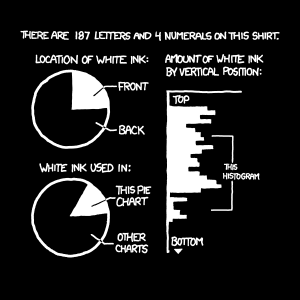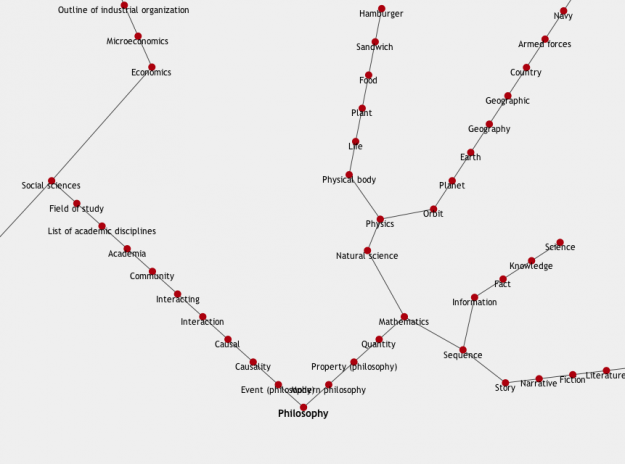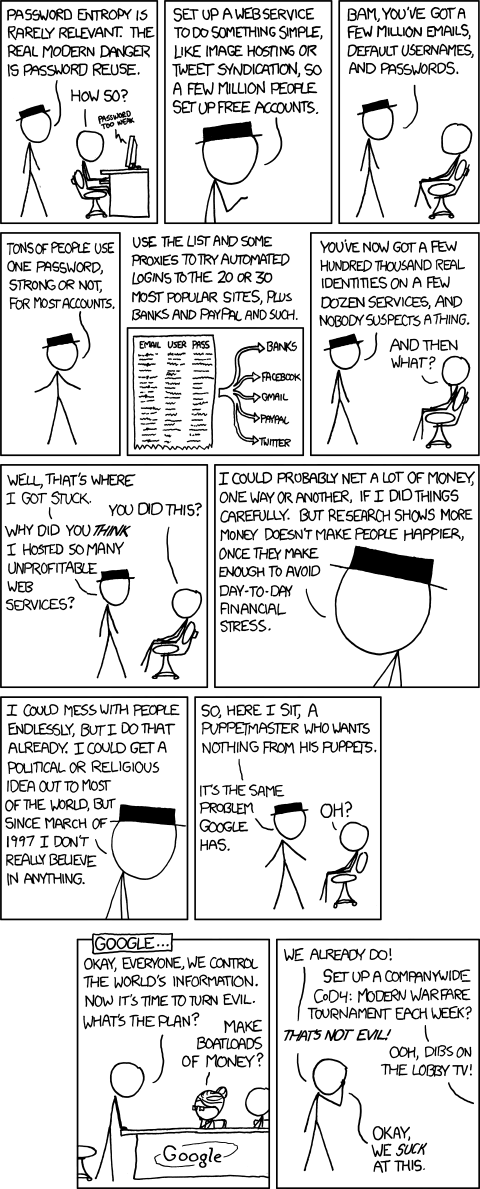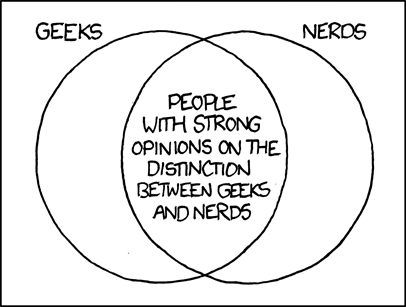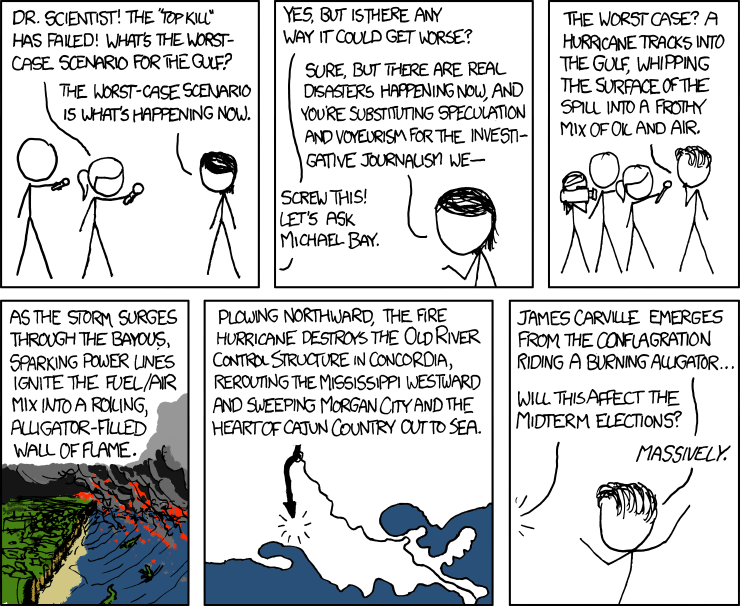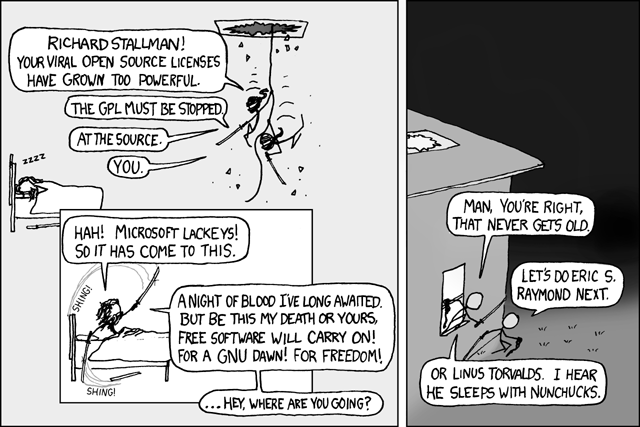XKCD‘s Randall Munroe is, I reckon, the smartest guy on the Internet. Hands down. His What If Blog continues apace, and continues to blow my mind with its diversity.
If you want your mind blown – check out this comic called “Drag” from a couple of weeks ago.
Today he’s hypothetically putting a laser dot on the moon – turns out it’s pretty difficult, and doing it properly will have some deadly results…
Make sure you find out what led to this point…
Ok, let’s mount a megawatt laser on every square meter of the surface of Asia. Powering this array of 50 trillion lasers would use up Earth’s oil reserves in approximately two minutes, but for those two minutes, the Moon would look like this:
The Moon shines as brightly as the midmorning sun, and by the end of the two minutes, the lunar regolith is heated to a glow.
Ok, let’s step even more firmly outside the realm of plausibility.
The most powerful laser on Earth is the confinement beam at the National Ignition Facility, a fusion research laboratory. It’s an ultraviolet laser with an output of 500 terawatts. However, it only fires in single pulses lasting a few nanoseconds, so the total energy delivered is about equivalent to a quarter-cup of gasoline.
Let’s imagine we somehow found a way to power and fire it continuously, gave one to everyone, and pointed them all at the Moon. Unfortunately, the laser energy flow would turn the atmosphere to plasma, instantly igniting the Earth’s surface and killing us all.
Also, check out what happens if the population of the world rocks up at Rhode Island and all jump at the same time.
Also, just for fun… there’s a really small paragraph of text on the XKCD home page that reads:
We did not invent the algorithm. The algorithm consistently finds Jesus. The algorithm killed Jeeves.
The algorithm is banned in China. The algorithm is from Jersey. The algorithm constantly finds Jesus.
This is not the algorithm. This is close.




